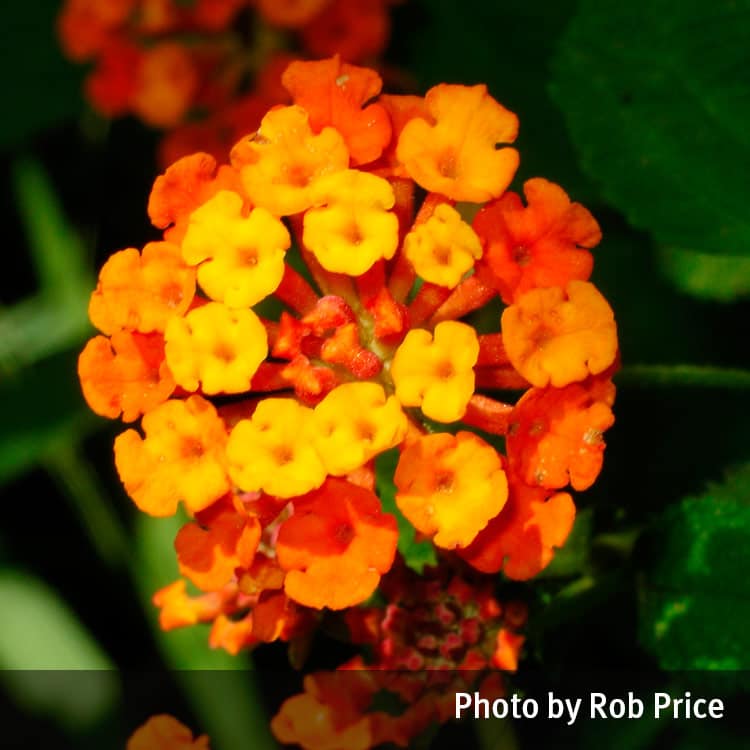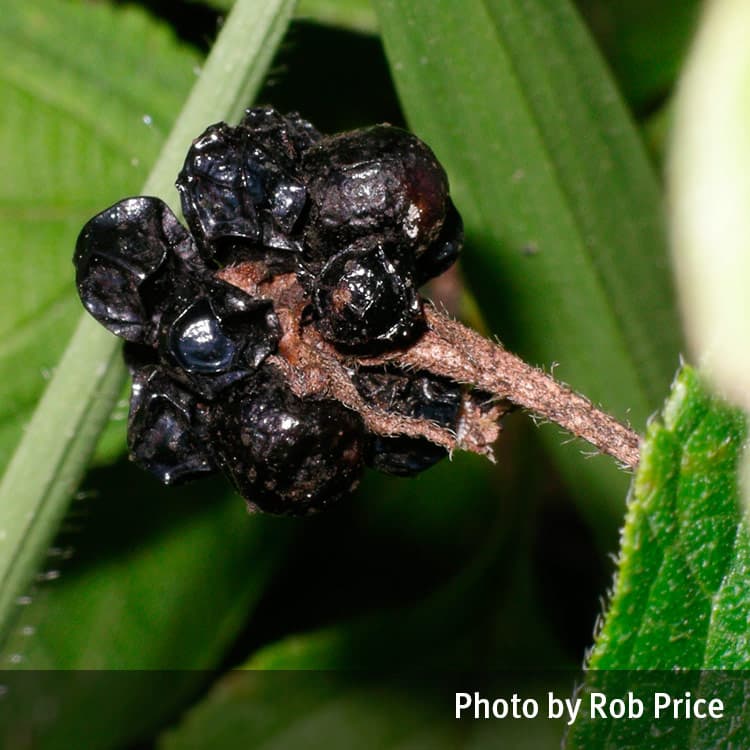Warning
Seek urgent medical attention if any part is ingested.
Description
A variable species ranging from small compact garden specimens to larger weedy scrambling shrubs to 2m. The stems of the plant are square, often with prickles along the stem angle.
Flowers are grouped in clusters at the end of a stalk. These clusters are about 3cm across. Each individual flower is a tube with four spreading lobes. The colour forms include red, pink, white, yellow or orange flowers. The different colour forms vary in toxicity.
The leaves are opposite, with a serrated margin, 2.5–12cm long and 1.5–7cm wide, usually covered with stiff coarse hairs.
Toxicity
Symptoms
Green unripe fruits of the plant are toxic to humans. Ingestion of the flowers, fruits, and leaves can cause vomiting, diarrhoea, difficulty breathing, and liver failure, while the leaves can cause contact dermatitis.
Images


Details
Common name: Lantana
Botanical name: Lantana camara.
Family: Verbenaceae
General description: A variable species ranging from small compact garden specimens to larger weedy scrambling shrubs to 2m. The stems of the plant are square, often with prickles along the stem angle.
Flowers: Flowers are grouped in clusters at the end of a stalk. These clusters are about 3cm across. Each individual flower is a tube with four spreading lobes. The colour forms include red, pink, white, yellow or orange flowers. The different colour forms vary in toxicity.
Leaves: The leaves are opposite, with a serrated margin, 2.5–12cm long and 1.5–7cm wide, usually covered with stiff coarse hairs.
Fruit/Berries: The fruit are small berries, 6–8mm long, green when immature, becoming glossy black when ripe.
Other: The sap is clear. Lantana camara is a restricted (category 3) species under Queensland’s Biosecurity Act 2014.